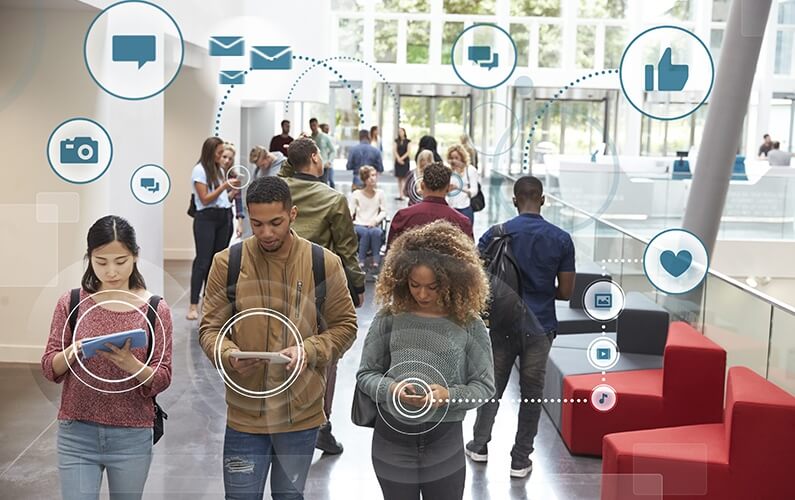
So what is media literacy? The Center for Media Literacy defines it as “the entire process of accessing, analyzing, evaluating and creating media.” Most agree on the basic definition of literacy as being able to read and write on paper. But today literacy also means being able to comprehend and reveal meaning in all our current tools of communication: storytelling in film and TV, public speakers, texts, virtual reality, and digital graphics. Someone who is media literate, then, can communicate using a variety of media and technology to share meaning, and is able to critically think about the construction of that media and its meaning when made by others.
This ability to truly understand what you are seeing and listening to isn’t real is a learned skill. Technology now introduces us to innumerable worlds with which we most likely have no real life experience, yet we feel intimately connected to. Now instead of developing our own skills and seeking new adventures, many simply watch others, as if it were the same thing. Drowning in oceans of images and sounds everywhere they turn, young people are dropped off at the virtual doorstep of many of life’s experiences through the daily use of tools that are indiscriminate about who uses them. Yet, these same young people may not have the perceptive maturity or experience to internalize those sounds or images and make meaning of them.
